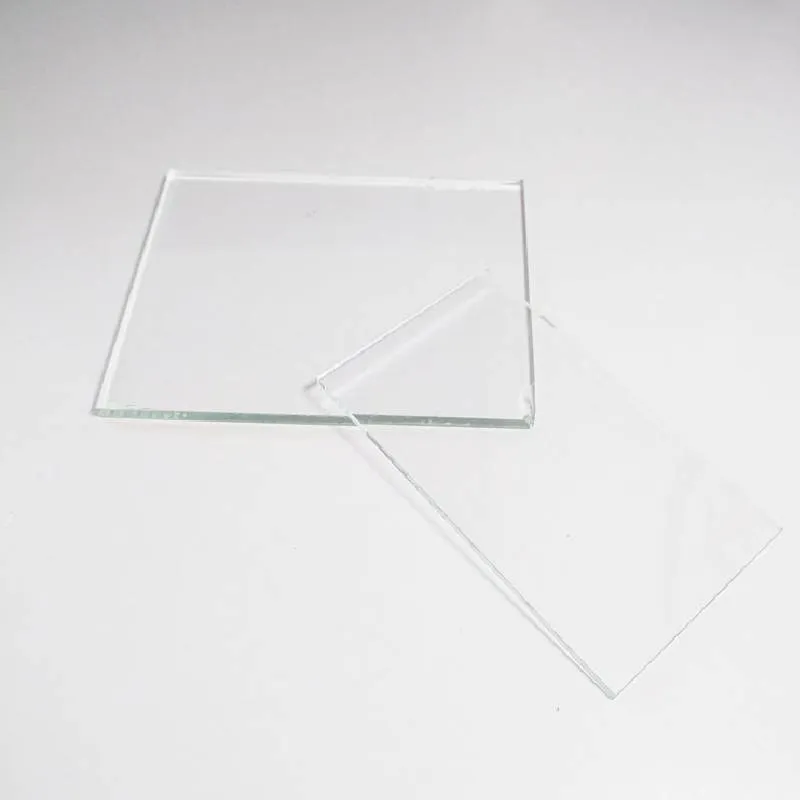The Allure of Glass House Architecture A Fusion of Nature and Design
In the world of architecture, few designs evoke as much intrigue and admiration as the glass house. The alluring beauty of transparency combined with innovative structural elements not only transforms our understanding of living spaces but also redefines the relationship between interior and exterior. This architectural style, which has gained prominence over the past century, encapsulates the essence of modern design—where simplicity meets functionality and nature becomes an integral part of the living experience.
History and Evolution
The origins of glass house architecture can be traced back to the early 20th century, rooted in the modernist movement. Visionaries like Ludwig Mies van der Rohe and Philip Johnson pioneered the use of glass in residential designs. Mies van der Rohe's Farnsworth House, built in 1951, is a hallmark of minimalist design, exemplifying clarity of form and an unadulterated connection to the environment. Likewise, Johnson's Glass House, completed in 1949, features floor-to-ceiling glass walls that create a seamless interface between the interior and the surrounding landscape. These early examples set the stage for contemporary architects to explore glass as a primary material, leading to innovative forms and sustainable design practices.
Design Principles
The fundamental principle of glass house architecture is transparency. By using large panes of glass instead of traditional walls, architects maximize natural light, reduce the need for artificial illumination, and create a sense of openness. This transparency fosters a continuous flow between indoor and outdoor spaces, allowing inhabitants to experience the ever-changing scenery outside. Whether surrounded by a lush garden or a mountainous terrain, glass houses encourage an appreciation of nature, enabling residents to feel connected to their environment.
Moreover, the use of glass blurs the boundaries of the home, challenging conventional notions of privacy. Architects must thoughtfully design glass houses to ensure comfort while maintaining a relationship with the outside world. Features such as strategic placement, shading devices, and reflective coatings can help manage heat, glare, and visibility, allowing for a balance between openness and intimacy. This careful consideration of context is essential in creating habitats that feel both secure and liberating.
glass house architecture design
Sustainability and Modern Advancements
In recent years, the focus on sustainability has become increasingly relevant in architectural design, and glass houses are no exception. Innovations in glass technology have led to the development of energy-efficient glazing and smart glass solutions, allowing homes to maintain temperature while minimizing energy consumption. Low-emissivity coatings reduce heat transfer, while dynamic glass can change opacity based on sunlight exposure, optimizing natural light usage.
Sustainable design extends beyond materials to encompass the integration of green practices into construction. Many modern glass houses incorporate solar panels, green roofs, and rainwater harvesting systems, further blurring the line between nature and architecture. By designing homes that interact harmoniously with their environment, architects are not merely creating stunning visuals; they are fostering sustainable living practices that benefit both occupants and the planet.
Challenges and Considerations
While the advantages of glass house architecture are numerous, challenges persist. The maintenance of glass surfaces can be labor-intensive, both in terms of cleaning and addressing potential weather-related wear. Furthermore, issues of thermal insulation and privacy must be navigated carefully. Architects often have to be creative, employing design strategies that mitigate these concerns without sacrificing aesthetic appeal. For instance, the use of landscaping to create natural screens or the incorporation of strategic overhangs can help maintain privacy while enhancing visual interest.
Conclusion
Glass house architecture stands as a testament to the harmony achievable between human habitation and the natural world. It invites occupants to step outside the confines of traditional architecture into a realm where light, space, and nature converge. As our understanding of sustainability evolves and technology advances, the glass house will undoubtedly continue to be a beacon of innovative design, inspiring a future where architecture and nature coexist in elegant transparency. The timeless allure of glass houses reminds us of the beauty of openness—both in our homes and in our lives.
 Afrikaans
Afrikaans  Albanian
Albanian  Amharic
Amharic  Arabic
Arabic  Armenian
Armenian  Azerbaijani
Azerbaijani  Basque
Basque  Belarusian
Belarusian  Bengali
Bengali  Bosnian
Bosnian  Bulgarian
Bulgarian  Catalan
Catalan  Cebuano
Cebuano  Corsican
Corsican  Croatian
Croatian  Czech
Czech  Danish
Danish  Dutch
Dutch  English
English  Esperanto
Esperanto  Estonian
Estonian  Finnish
Finnish  French
French  Frisian
Frisian  Galician
Galician  Georgian
Georgian  German
German  Greek
Greek  Gujarati
Gujarati  Haitian Creole
Haitian Creole  hausa
hausa  hawaiian
hawaiian  Hebrew
Hebrew  Hindi
Hindi  Miao
Miao  Hungarian
Hungarian  Icelandic
Icelandic  igbo
igbo  Indonesian
Indonesian  irish
irish  Italian
Italian  Japanese
Japanese  Javanese
Javanese  Kannada
Kannada  kazakh
kazakh  Khmer
Khmer  Rwandese
Rwandese  Korean
Korean  Kurdish
Kurdish  Kyrgyz
Kyrgyz  Lao
Lao  Latin
Latin  Latvian
Latvian  Lithuanian
Lithuanian  Luxembourgish
Luxembourgish  Macedonian
Macedonian  Malgashi
Malgashi  Malay
Malay  Malayalam
Malayalam  Maltese
Maltese  Maori
Maori  Marathi
Marathi  Mongolian
Mongolian  Myanmar
Myanmar  Nepali
Nepali  Norwegian
Norwegian  Norwegian
Norwegian  Occitan
Occitan  Pashto
Pashto  Persian
Persian  Polish
Polish  Portuguese
Portuguese  Punjabi
Punjabi  Romanian
Romanian  Russian
Russian  Samoan
Samoan  Scottish Gaelic
Scottish Gaelic  Serbian
Serbian  Sesotho
Sesotho  Shona
Shona  Sindhi
Sindhi  Sinhala
Sinhala  Slovak
Slovak  Slovenian
Slovenian  Somali
Somali  Spanish
Spanish  Sundanese
Sundanese  Swahili
Swahili  Swedish
Swedish  Tagalog
Tagalog  Tajik
Tajik  Tamil
Tamil  Tatar
Tatar  Telugu
Telugu  Thai
Thai  Turkish
Turkish  Turkmen
Turkmen  Ukrainian
Ukrainian  Urdu
Urdu  Uighur
Uighur  Uzbek
Uzbek  Vietnamese
Vietnamese  Welsh
Welsh  Bantu
Bantu  Yiddish
Yiddish  Yoruba
Yoruba  Zulu
Zulu 

